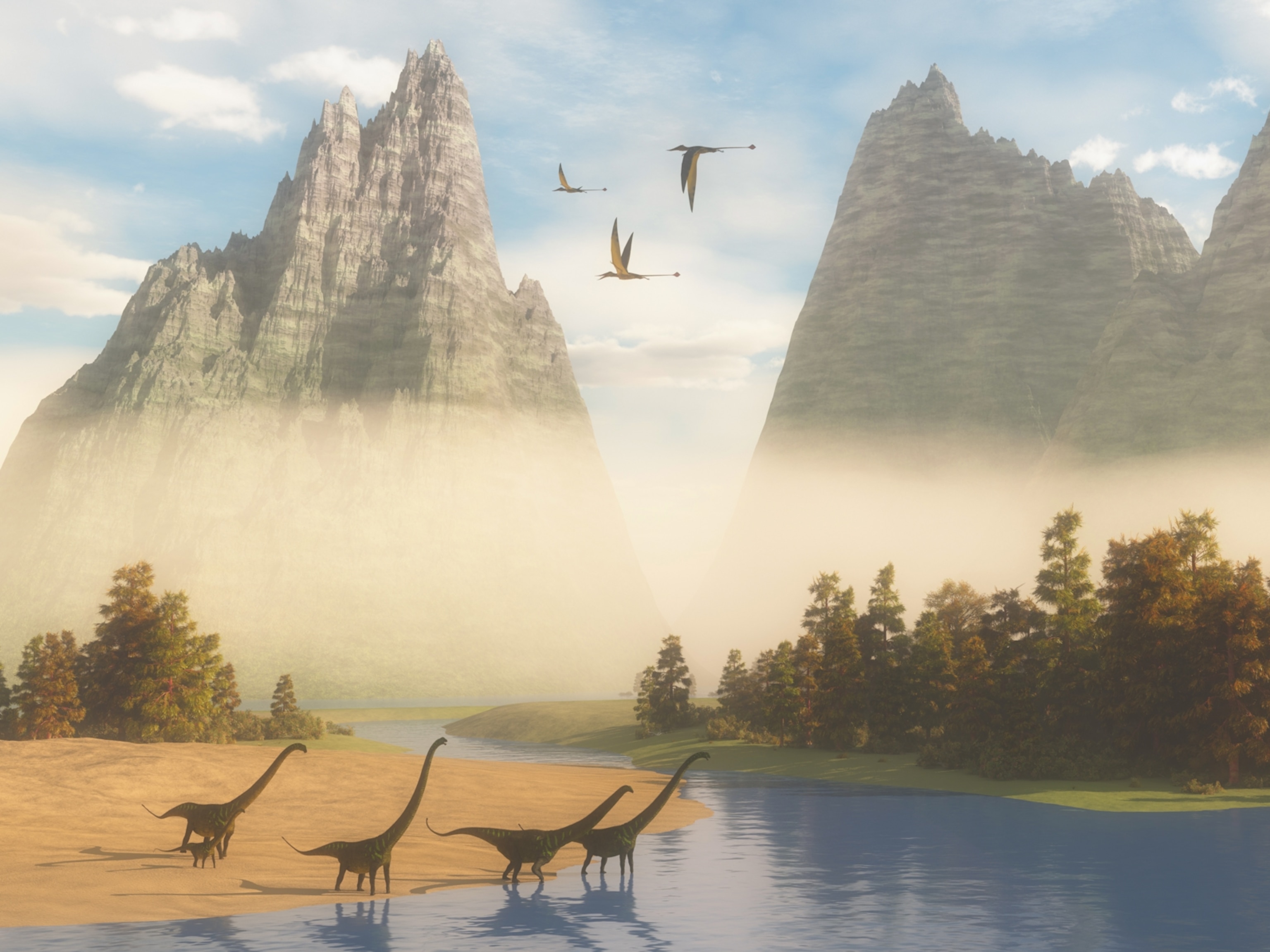
Mystery Solved: Why Peacocks Got Their Eyespots
Why peacocks have tail eyespots has been a persistant and beautiful enigma until recently.
When a peacock struts his stuff, our attention immediately turns to his elaborate plumage with its colorful eyespots. Why and how these dazzling “eyes” evolved has been a mystery—until now.
A new detailed analysis of peacocks and other related birds has found that eyespots evolved to please the ladies—and that the spots have disappeared and reappeared several times over the course of history, according to the study, published July 15 in the Proceedings of the Royal Society B. (Related: “Peacock Surprise: What Females Like in a Male.”)
“These are some of the most extreme evolutionary traits. Some of these birds put so much energy into developing enormous feathers, so eyespots must be pretty important” to their success as a species, Kimball said.
The peacock’s brilliant teal eyespots have long fascinated scientists. Charles Darwin found the eyespots (also known as ocelli) to be especially striking: “As no ornaments are more beautiful than the ocelli on the feather of various birds… they deserve to be especially noticed,” he wrote in The Descent of Man, and Selection in Relation to Sex.
Those who have studied eyespots have suggested the features evolved only once, and that birds with eyespots—including several birds in the Galliformes order, which includes large, flightless birds like chickens, pheasants, and quail—had to be more closely related to each other than to other birds. (See National Geographic’s bird pictures.)
But study leader Rebecca Kimball, an evolutionary biologist at the University of Florida, saw no reason that eyespots couldn’t have evolved more than once. Existing data on the birds’ relationships don’t indicate that all birds with eyespots were closely related. In addition, the birds with eyespots have them on different types of feathers, which further hinted that they may have evolved independently.
Knowing how often eyespots may have evolved would give scientists information about how the birds are related to each other and what genetic and developmental factors were important to the appearance of eyespots.
The Eye(spots) Have It
To settle this mystery, Kimball and colleagues sequenced nearly 2,000 segments on the genomes of 15 different bird groups, including the three with eyespots. (See more eyespot pictures on National Geographic’s Your Shot.)
When Kimball and her team reconstructed the likely genealogy of these birds, she found that eyespots had evolved and been lost multiple times.
She also thinks the eyespots may be the result of female preference: Research shows that female birds of the species prefer eye-shaped features on males over other shapes. (Watch a video of an Indian peacock showing off for a female.)
This may be why it’s worth it for males to maintain their feathers, despite the costs: The showy plumage requires a lot of energy to produce, can attract predators, and makes getting around difficult.
Overall, the new study uncovers “previously unknown relationships, showing how much we still have to learn about the tree of life for birds,” noted Shannon Hackett, head of ornithology at the Field Museum in Chicago, who wasn’t involved in the new research.
“They can tie all this back to Darwin’s own thinking on evolution and sexual selection. It’s a great science story.”





